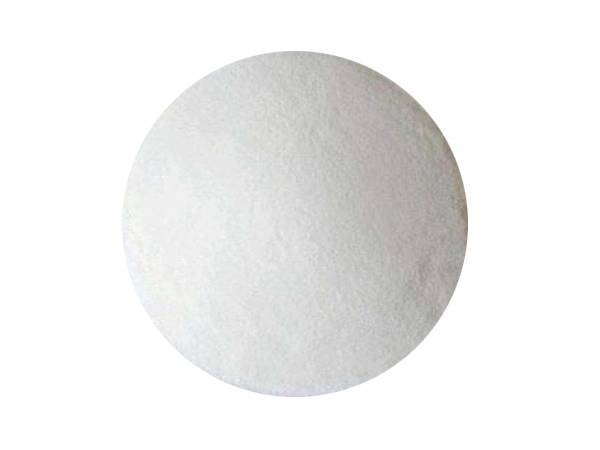



potassium nitrate production process
The Potassium Nitrate Production Process
Potassium nitrate, commonly known as saltpeter, is an essential compound in various industries, including agriculture, food preservation, and pyrotechnics. Its production involves several steps that convert raw materials into this vital chemical. The primary raw materials for potassium nitrate production are potassium chloride (KCl) and sodium nitrate (NaNO3), both of which are readily available from natural sources.
The first step in the potassium nitrate production process is the extraction of potassium chloride and sodium nitrate. Potassium chloride is commonly sourced from mineral deposits or obtained through evaporation from saline lake waters, while sodium nitrate is often derived from the mineral nevetal or produced synthetically. Once these raw materials are procured, they are subjected to a conversion process known as double displacement or double replacement reaction.
In this reaction, potassium chloride and sodium nitrate are mixed together in an aqueous solution. The chemical reaction that occurs can be represented by the following equation
\[ KCl_{(aq)} + NaNO_3_{(aq)} \rightarrow KNO_3_{(aq)} + NaCl_{(aq)} \]
potassium nitrate production process

From this equation, we can see that potassium nitrate (KNO3) and sodium chloride (NaCl) are produced. The solution is then evaporated, allowing the potassium nitrate to crystallize out. The crystals formed are usually filtered to separate them from the sodium chloride and any remaining impurities.
After obtaining crude potassium nitrate crystals, a purification process is necessary to ensure that the final product meets industry standards. This can be achieved through recrystallization. The crude crystals are dissolved in hot water, allowing the soluble impurities to remain in the solution. When the solution is cooled, pure potassium nitrate crystals reform, leaving behind the impurities. This step is crucial, as high-purity potassium nitrate is essential for agricultural applications where it is used as a fertilizer or as a component in crop nutrition formulations.
Once the potassium nitrate is purified, it undergoes further drying and milling processes to achieve the desired particle size and moisture content. Proper drying prevents clumping and ensures good flow characteristics, which are vital for storage and application. The milling process helps achieve uniform granule size, which is important for its use in fertilizers.
The final product, potassium nitrate, is then packaged and distributed for various applications. In agriculture, it serves as a source of potassium and nitrogen, both vital nutrients for plants. In the food industry, it acts as a preservative, providing color and flavor stability in cured meats. Additionally, it is a critical ingredient in fireworks and explosives, highlighting its versatility.
In conclusion, the production of potassium nitrate involves the careful selection of raw materials, a series of chemical reactions, and purification processes to ensure high purity and quality. As demand for potassium nitrate continues to grow, innovations in production processes will remain important to meet the needs of the market while ensuring environmental sustainability. As such, understanding and optimizing the potassium nitrate production process will play a crucial role in various sectors worldwide.
-
Why Sodium Persulfate Is Everywhere NowNewsJul.07,2025
-
Why Polyacrylamide Is in High DemandNewsJul.07,2025
-
Understanding Paint Chemicals and Their ApplicationsNewsJul.07,2025
-
Smart Use Of Mining ChemicalsNewsJul.07,2025
-
Practical Uses of Potassium MonopersulfateNewsJul.07,2025
-
Agrochemicals In Real FarmingNewsJul.07,2025
-
Sodium Chlorite Hot UsesNewsJul.01,2025










